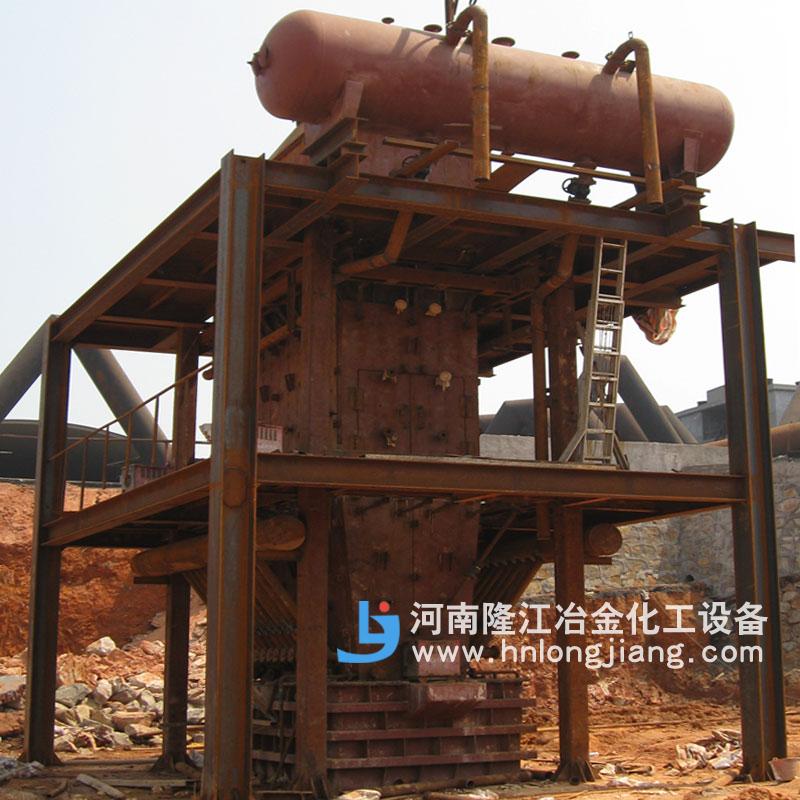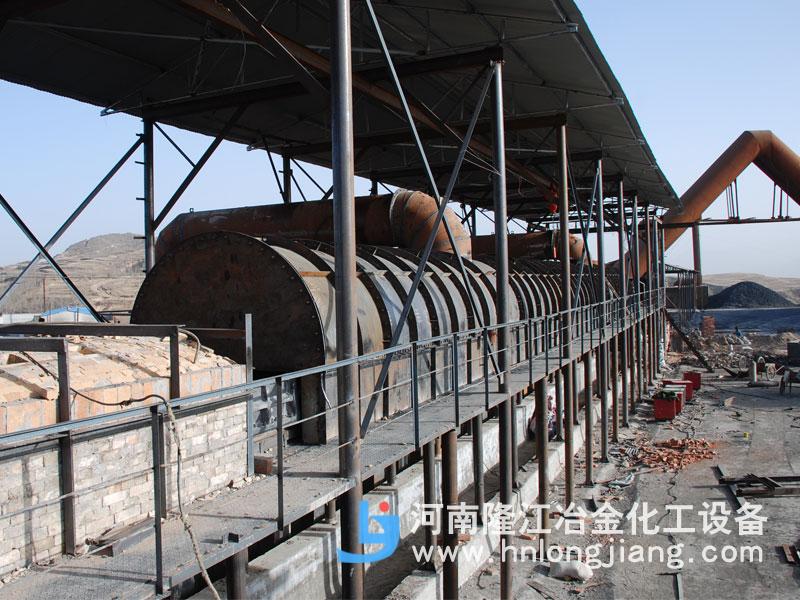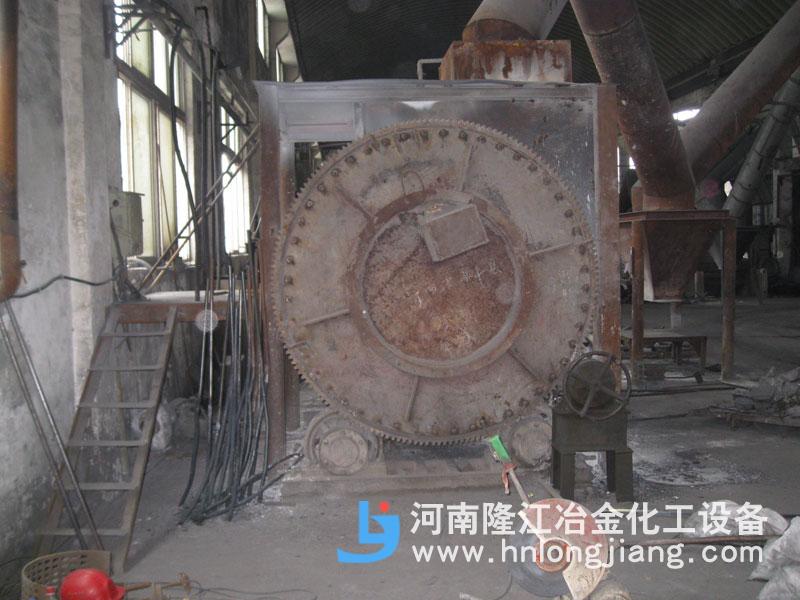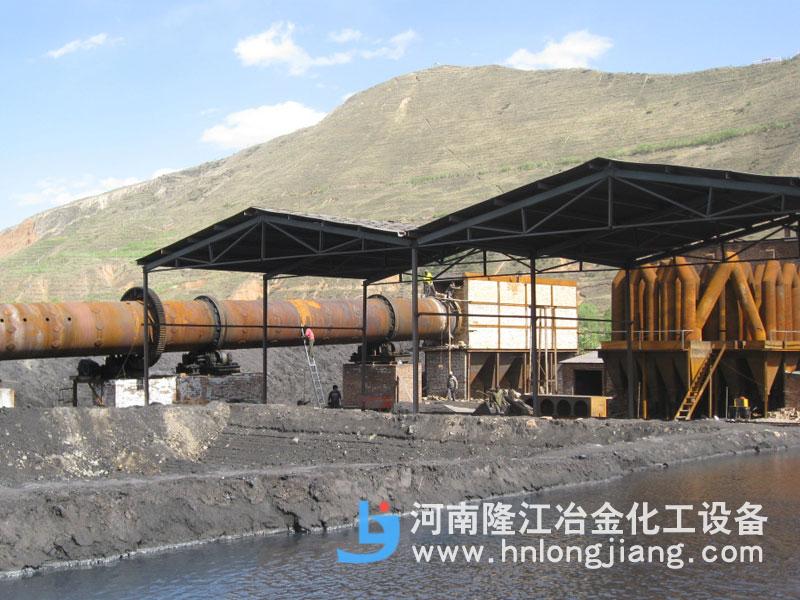Sintering end point control
Sintering end point means the end of sintering process, so control sintering end point correctly is an important link of the production operation.
Generally the main bases of end point judgment are as follows:
1. The exhaust gas temperature of main pipe and negative pressure that reflected by instrument, the temperature and negative pressure difference of the three bellows in tail end.
2. The black, red, thick and thin of tail section.
3. The amount of finished sinter and return carbon residual.
When the production is stable, sintering end point basically remain unchanged. If the instrument reflects that main pipe’s negative pressure increases, exhaust gas temperature drop, this means that the end point backward. On the other hand, if the negative pressure drops, temperature increases, it means the end point in advance.
When the sintering process to the end bellows, the combustion reaction of feed layer almost been completed, so this bellow’s exhaust gas has the highest temperature, generally can be more than 280 ~ 300 ℃. It is higher than the exhaust gas temperature of its neighbouring bellows, the difference is 25~40℃. Due to the last trolley’s materials all become sinter layer, the bellows after the end have good air permeability, coupled with the influence of air leakage in the sintering machine end, negative pressure will decrease, the difference with the previous bellows is around 100mm water column. Main pipe exhaust gas’s temperature can’t be too low, otherwise, improper control of end point can make the sinter’s quality decline, at the same time also can lead in steam condensation in the exhaust gas, cause the blower fan blades hang mud and react with SO2 in waste gas and create sulfurous acid, corrode fan blades, shorten the service life of the fan. Therefore, general stipulate that main pipe exhaust gas temperature is 110 ~ 150 ℃.
Share this:






